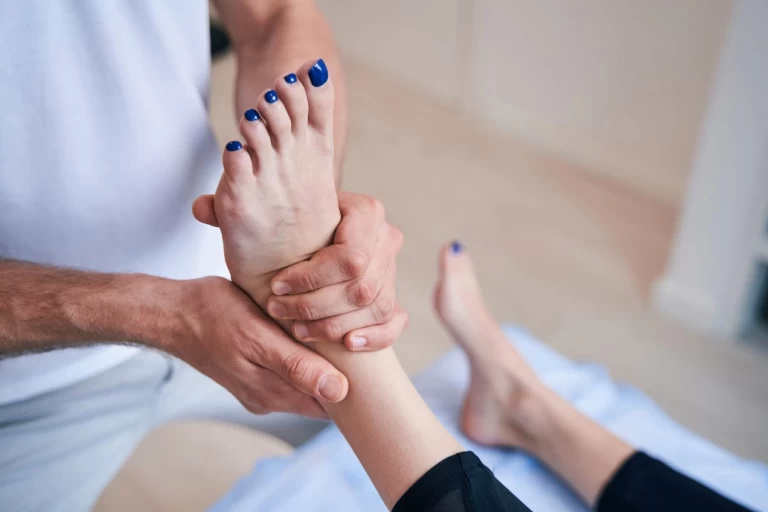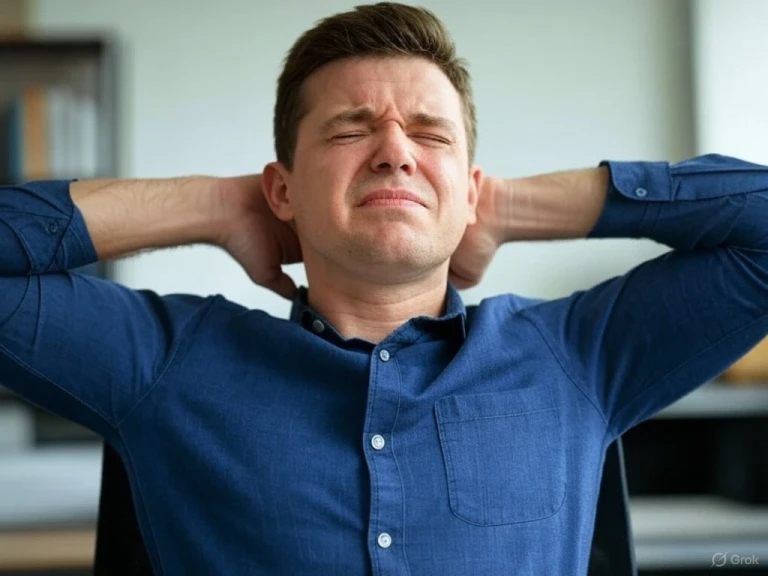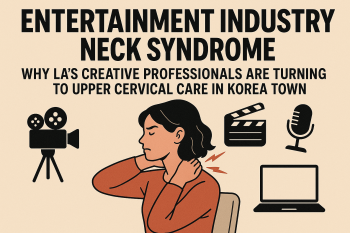
Many people have learned that spine cracking is one of the ways in which chiropractors help patients regain flexibility and reduce pain. It is true, the adjustments perform during chiropractic treatments will sometimes make the patient feel and hear this cracking. However, this is a precise procedure, requiring thousands of hours of training and practice. Thus, the practice of spine self-cracking is something you should definitely not try.
The Spine Self-Cracking Trend: YouTube Is Not Medical School
By downloading the Digital Patient Chart mobile app you can better control your patient portal.
The average chiropractor will go through 4,600 hours of medical school before they receive their degree and the license to practice. The average YouTube video purporting to show people how to perform spine self-cracking is 3 minutes long.
This simple comparison should be enough to dissuade anyone from trying this practice. However, there is a worrisome increase in the number of people trying spine self-cracking, according to chiropractors. These people eventually come to a licensed practitioner with back pain and various other symptoms caused by this unsafe practice.
Your Spine Is a Highly Complex System
Self spine-cracking is not a DIY wellbeing technique like pilates or yoga. When a chiropractor puts their hands on your back and starts manipulating your spine, they know exactly what they are doing.
First of all, they know how your spine is built and how it works. For the average person, the spine consists of the spinal cord which runs through the hollow space created by the vertebrae stacked one on top of the other.
In reality, the spine consists of:
• Many nerves going from the brain through various parts of the body
• 33 vertebrae
• Cushions between the vertebrae called discs.
Why You Should Not Try Spine Self-Cracking? Chiropractors Explain:
Chiropractors know that the cracking sounds the patient hears are actually made by gases escaping from between vertebrae as they become aligned back in their natural position. However, spine cracking is not the actual purpose of chiropractic adjustments. Many procedures are not accompanied by any sounds at all.
Straining your back for spine self-cracking can, in fact, cause damage to the spine. As you move your body, without knowing exactly what happens inside you, you may twist or even displace a disc or vertebra.
The short-term relief you feel (mostly induced by autosuggestion), may be followed by back pain, numbness in your arms or feet, and other painful or debilitating symptoms.
What Exactly Are the Consequences of Spine Self-Cracking?
So, what can go wrong during spine self-cracking? Chiropractors have seen many patients suffering from:
• Joint Strain – the unnatural movements meant to make the spine crack can put undue pressure on joints, causing strain and inflammation
• Nerve Injury – in various cases, the nerves in the spinal cord can get pinched between vertebrae, or even suffer micro-tearing
• Muscle tears – muscles are flexible, but if you push them beyond their limit, they can get torn, with painful consequences.
Also, not every cracking sound you hear means that you have realigned your spine. It may also mean that the discs (the cushions between the vertebrae) are worn out and what you hear is the sound of bone rubbing on bone.
Do Not Rely on Friends (Unless They Are Chiropractors)
Asking a friend to crack your spine is also not a good idea. If your friend does not have chiropractic training (and the license to practice), they may cause a lot of damage to your spine.








Leave a comment